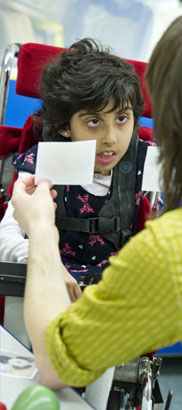
There are usually considered to be five types of memory:
- Procedural memory – for learnt skills
- Semantic memory – for facts, concepts and knowledge
- Autobiographical memory – a long lasting memory system that stores facts and events from throughout life
- Episodic memory – for particular memories in the relatively recent past (minutes, hours, days), and
- Working memory – used to hold new information in the mind before it is discarded or transferred into more long-time memory.
The different types of memory are processed separately in the brain and they can exist in isolation from one another.
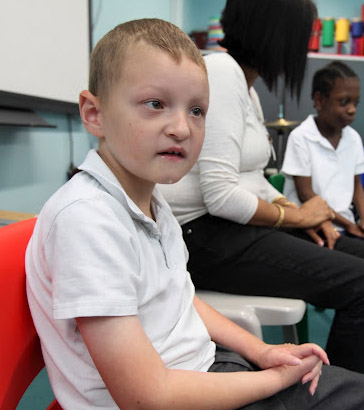
This package will focus on working memory because:
- It is closely associated with the ability to learn and academic attainment
- It doesn't seem to be affected by factors such as prior education, socio-economic status or ethnic group, and
- It is fragile – children with a poor working memory are likely to find storing information for everyday tasks harder if they are anxious or distracted in other ways.

Working memory is the term used by psychologists to refer
to the ability we have to hold and manipulate information in the mind over short periods of time. It provides a mental work
place or jotting pad that is used to store important information in the course of our everyday life.
Gathercole and Alloway, 2008
Many classroom activities, eg mental mathematics and many everyday activities, eg following directions, require children to use their working memories.
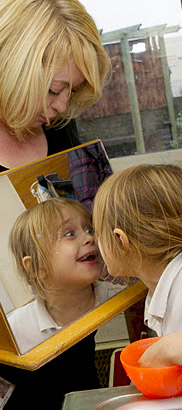
- The amount of information it can hold, even for a short period is very limited and it is lost rapidly when we are distracted, eg by something happening, by an unrelated thought or by background noise.
- There is substantial variation in the working memory capacity of different people – some people can store much more information than others
- Memory overloaded or distraction leads to a complete loss of information from the working memory.
- Children with poor working memory capacity often struggle to meet the heavy working memory load of many situations, especially lessons.
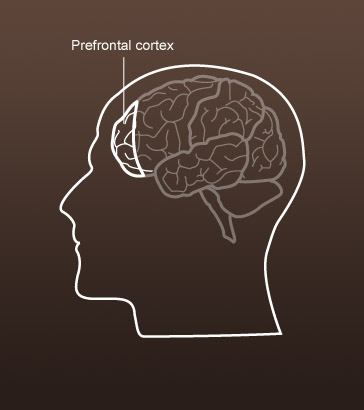
Working memory starts to develop in the first year of life. Results from experiments with monkeys (Fuster,1971) suggested that small regions in the prefrontal cortex play a role in storing memories for a short time. More recent evidence from fMRI supports this. However, it also suggests that other areas of the brain may support working memory, depending on the particular task.
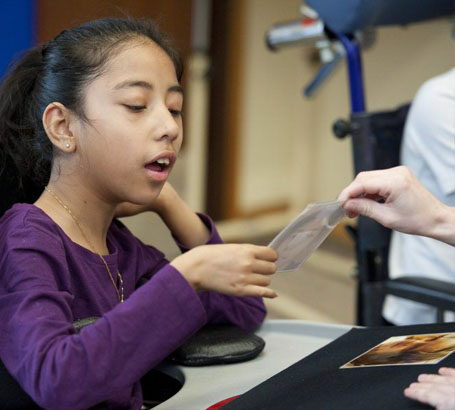
It is quite common for difficulties with working memory to be considered as one of several secondary characteristics of conditions such as dyslexia, language impairments of ADHD. However, none of the diagnostic criteria for these conditions include impairment in working memory, although the majority of such children do have difficulties in this area.
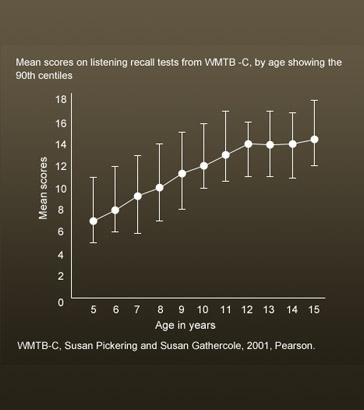
As has been described earlier in this module, the prefrontal cortex continues to develop throughout childhood and into adolescence. Working memory increases steadily with age between four and 14 years but there is considerable variation between individuals.
As you can see from this graph, the highest 10 per cent (90th centile) of children assessed for listening recall are typically up to four years in advance of average performance for their age, whereas lower attaining children are often behind by four years. Typically, the difference in score at a given age between the highest and lowest attainers on working memory assessments is equivalent to eight years.
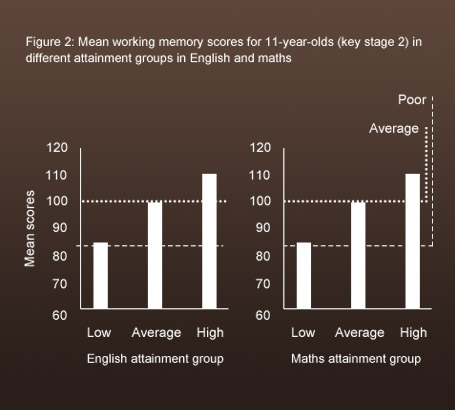
Evidence (Gathercole et al, 2004) suggests that pupils with poor working memory make poor academic progress.
This data suggests that at key stage 2, 80% of children with poor working memory fail to achieve the expected level of attainment in English and mathematics.
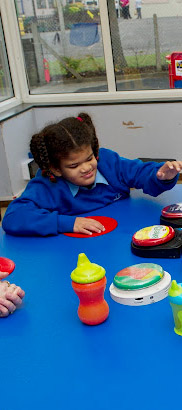
Poor working memory can affect children's abilities to take part in lessons because:
- Many structured learning difficulties place high demands on memory and pupils with poor working memories face learning difficulties because they cannot meet memory demands – as a result their working memories become overloaded and they lose crucial information
- Information lost from the working memory is lost permanently so children cannot continue an activity or finish it successfully unless they have access to important task information again
- If they do not have this information, pupils may either guess, which often leads to errors, or to abandon the task completely.
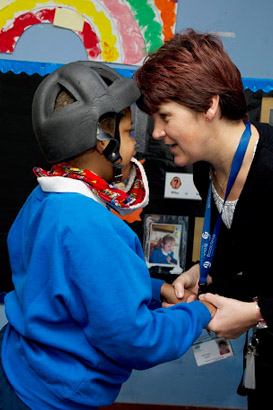
Often, teachers do not spot difficulties with working memory (Gathercole, 2006). Instead children with a poor working memory are often described as having attention problems.
Recent evidence (Kane et al, 2007) suggests that children with poor working memories are more likely than others to let their minds wander when performing demanding cognitive activities. This phenomenon has been termed 'zoning out' and appears to be characteristic of situations in which working memory is so overloaded that children can no longer keep the information needed to guide mental activity in their minds. Children 'zoning out' for this reason may be picked up by teachers as inattention.
Strategies include:
- Recognising working memory difficulties/failures – warning signs include incomplete recall, failure to follow instructions, place-keeping errors, abandoning tasks or guessing answers
- Monitoring pupils – look for warning signs and ask children to tell you if you are going too fast for them
- Evaluating working memory loads – when planning lessons, think about the loads on working memory caused by lengthy sequences, unfamiliar content or complex processing tasks
- Reducing working memory loads – simplify material, break it into shorter steps, use word banks that children can refer to
- Repeating important information
- Encouraging children to use memory aids
- Using multisensory approaches to reinforce key ideas
- Encouraging children to develop their own strategies, eg note taking, asking for help.
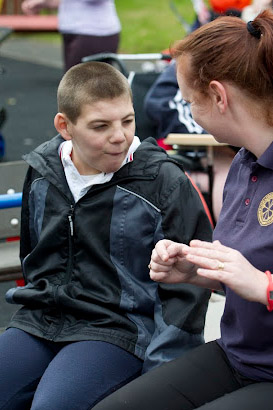
Consider a child that you teach who may have working memory difficulties.
Now choose a lesson that you plan to teach or have taught for a class that includes this child.
Consider what aspects of the lesson may present barriers to learning for this child who may have difficulties with working memory.
Decide how you might reduce or remove the barriers for this child.
What are the wider implications for practice across your school? How might you work with colleagues to raise awareness of this issue?
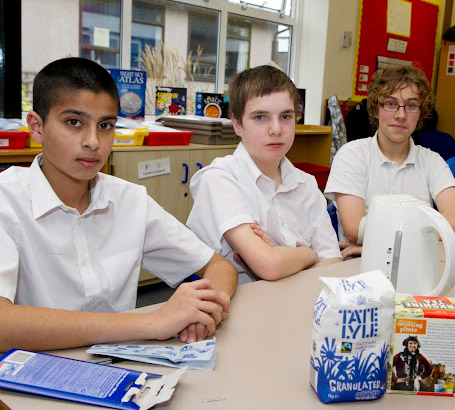
There has been some success in boosting performance on working memory tests through strategy training but the gains do not seem to transfer to everyday classroom activities.
Research suggests that some forms of computerised memory training might be more helpful.
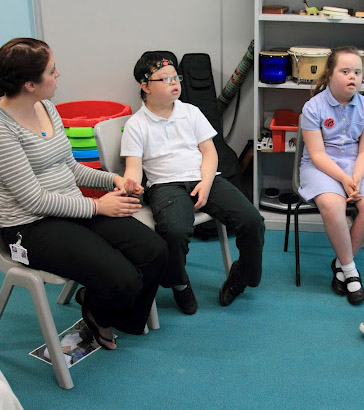
New computer based memory training programs are now available. It is early days but research is beginning to be published that suggest that these programs may actually help children and adults improve their working memory. Individuals engage intensively on multiple activities that tax working memory across a relatively short period.
Gains have been reported on the trained tasks and on other tests of short-term memory in children with ADHD (Klingberg et al 2005).
One explanation for the success of these programs is that they encourage users to develop their own strategies to support a variety of working memory demands.

Gathercole, S.E. and Alloway, T.P. (2008) Working Memory and Learning: A Practical Guide for Teachers, Sage.

Kane, M., Conway, A., Miura, T. and Colflesh, G. (2007) Working Memory, Attention Control and the n-back Task, A Question of Construct Validity, Journal of Educational Psychology Learning, Memory and Cognition (33) 615-622.
Klingberg, T., Fernell, E., Olesen, P. J., Johnson, M., Gustafsson, P., Dahlström, K. and Geake, J.G. (2009) The Brain at School: Educational Neuroscience in the classroom. Oxford University Press.